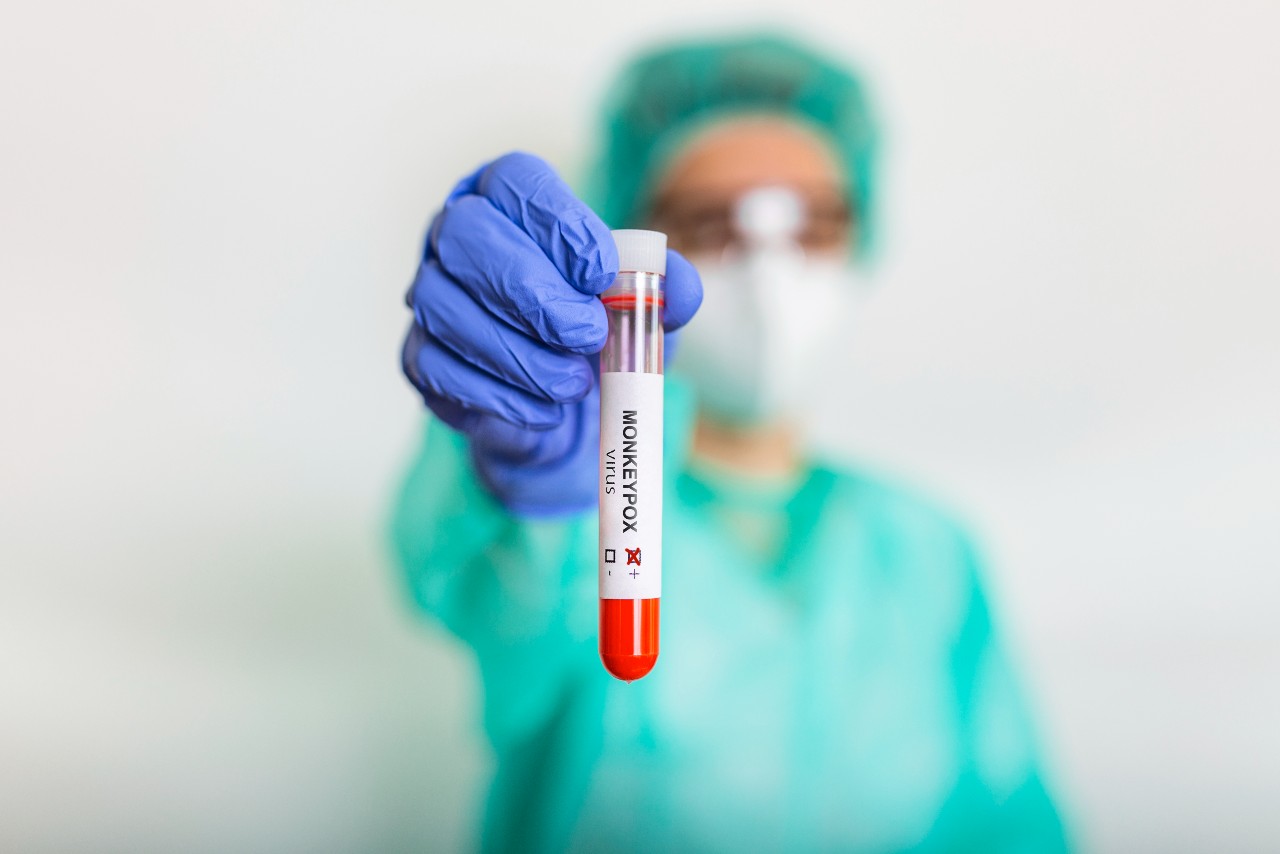Media Release: Nelson, New Zealand – 10 July 2024 – Kimer Med $10M closer to…
A cure for Monkeypox – is re-purposing existing drugs the way to go?
The current monkeypox outbreak continues to cause concern, not least because there are no specific antivirals to treat this infection. As attention turns to rapidly repurposing other drugs in the hope that they might prove to be effective, the situation highlights just how vital our work to develop a broad-spectrum antiviral drug is. In this article, we take a closer look at the monkeypox virus and the current efforts to find a treatment for it.
Monkeypox (MPX) has been declared a public health emergency
Back in July 2022, the World Health Organization (WHO) officially designated monkeypox a public health emergency of international concern, which puts it on par with COVID-19 and polio. The virus has spread rapidly, with at least 80 countries reporting cases, and global case numbers at around 60,000 and climbing. Monkeypox has already reached Aotearoa New Zealand, with the Ministry of Health recently confirming a fifth case here1.
Monkeypox is an infectious disease caused by the monkeypox virus, for which there is currently no known cure. In spite of what you may have heard, it is not considered to be primarily a sexually-transmitted infection. Rather, the virus is zoonotic, meaning that it can be transmitted from animals to people. The virus can also be spread through close personal contact, such as skin-to-skin contact, and direct contact with mucus or saliva, or existing skin lesions2. In the current outbreak, it appears that sexual contact is the most common means of viral transmission.

Re-purposing existing drugs in the quest for a cure
Because monkeypox is in the same genus as the virus that causes smallpox, some scientists have turned to antiviral drugs and vaccines that were used on smallpox, as well as a range of other drugs, to see if they can find a cure or preventative treatment.
According to a paper published on biology resource website bioRxiv, a group of researchers in Japan have employed a drug repurposing approach, by identifying 132 already-approved drugs and testing them for activity against monkeypox3. Interestingly, the list of drugs chosen included antiviral, anti-fungal, and anti-parasitic agents. It may not be widely known that some anti-bacterial agents also have anti-viral properties.
The testing was carried out by exposing Vero E6 cells to monkeypox, then adding the drug to be investigated. After 72 hours, the cells were studied under a microscope to look for evidence of cytopathic effect (CPE) – structural changes or death of the cells that are a result of viral infection. In studies of this type, reduction or absence of CPE would suggest that the drug had a positive effect.
Multiple promising antiviral candidates were found
Twenty-one of the drugs showed possible positive effects, and three of the most promising candidates were selected to focus on. These were Atovaquone (an antibiotic used to prevent and treat a type of pneumonia), Molnupiravir (an anti-viral compound used to treat SARS-CoV-2 infection), and Mefloquine (an anti-malarial drug developed in the 1970s). All three drugs were found to have dramatically reduced the production of monkeypox proteins, and reduced the amount of viral DNA in infected cells, without showing any toxic effects.
The research team also analysed different combinations of the various drugs and found that combining Atovaquone with Tecovirimat, a smallpox treatment that’s currently being recommended for some monkeypox patients, further enhanced the anti-monkeypox results. It’s not currently clear whether this work will result in an effective treatment for Monkeypox, as testing in cell cultures is still some way from clinical trials in humans, but the researchers may have found a potential shortcut to a treatment or vaccine with their rapid analysis method.
It’s interesting to note that the antivirals currently in use are virostatic in nature. This means they are designed to inhibit the replication of a virus in some way, merely slowing it down while the immune system hopefully carries out its work. Kimer Med’s antiviral compound, VTose, differs significantly as it is designed to kill the virus by taking out virally infected cells. It is our hope that this approach will result in a cure for a broad range of currently untreatable viral diseases.
References:
1. https://www.rnz.co.nz/news/national/474076/fifth-monkeypox-case-confirmed-in-new-zealand
2.https://www.gavi.org/vaccineswork/five-charts-monkeypox-past-and-present?gclid=Cj0KCQjwjvaYBhDlARIsAO8PkE2QxsdKgDRD0PTgCwtB3o4xo-AFyKKU5PHBsybyI3hvqVSBnEwia5kaArqCEALw_wcB
3. https://www.biorxiv.org/content/10.1101/2022.08.02.502485v1.full
Image credit:
Image by stefamerpik on Freepik.com


